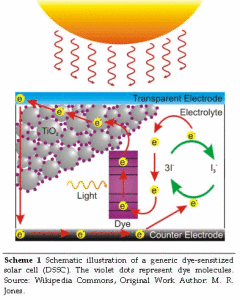Zoltan Nagy calls himself a semi-retired electrochemist, but he’s doing anything but being retired. After 15 years in a variety of electrochemical industrial research, he spent 30 years at Argonne National Laboratory carrying out research on electrode kinetics and surface electrochemistry. Now he’s at the Chemistry Department of the University of North Carolina at Chapel Hill.
He wrote to ask that we let people know the two rather popular and often visited websites: ‘Electrochemistry Dictionary and Encyclopedia ” and “Electrochemical Science and Technology Information Resource (ESTIR)” which were hosted by the Yeager Center at Case-Western Reserve University went off-line in January because their computer died, and it could not be restarted there because of some new university regulations.
Work is on the way to relocate these websites to a new host, hopefully in the not too distant future.
You can have a look at what they used to be on what’s called the WayBackMachine (check out any old versions of websites BTW). Once you get there paste in electrochem.cwru.edu/encycl/ and click on January 1, 2014. Then try http://electrochem.cwru.edu/estir/ and select February 3, 2013.
It’s a gold mine of electrochemical information.




